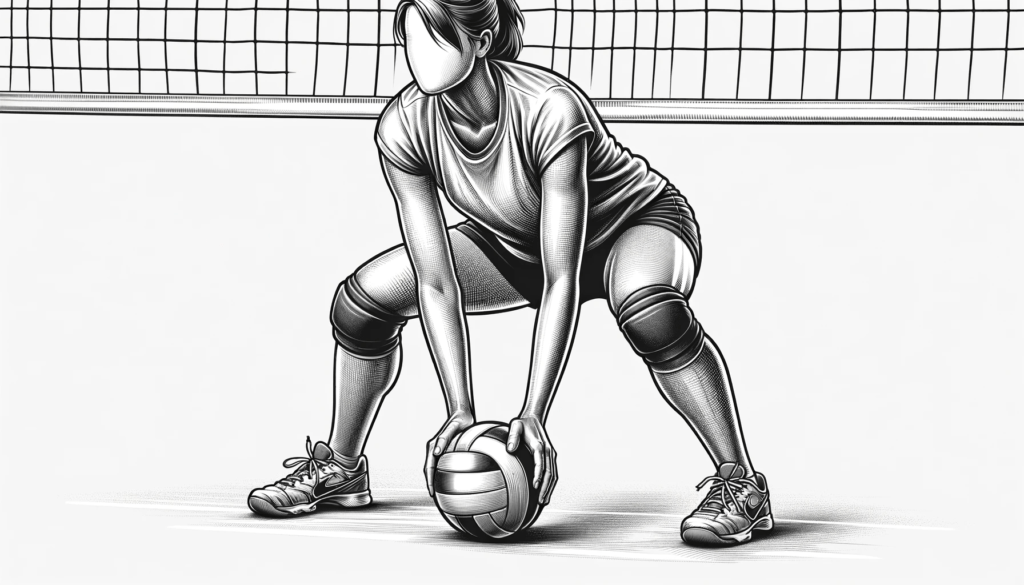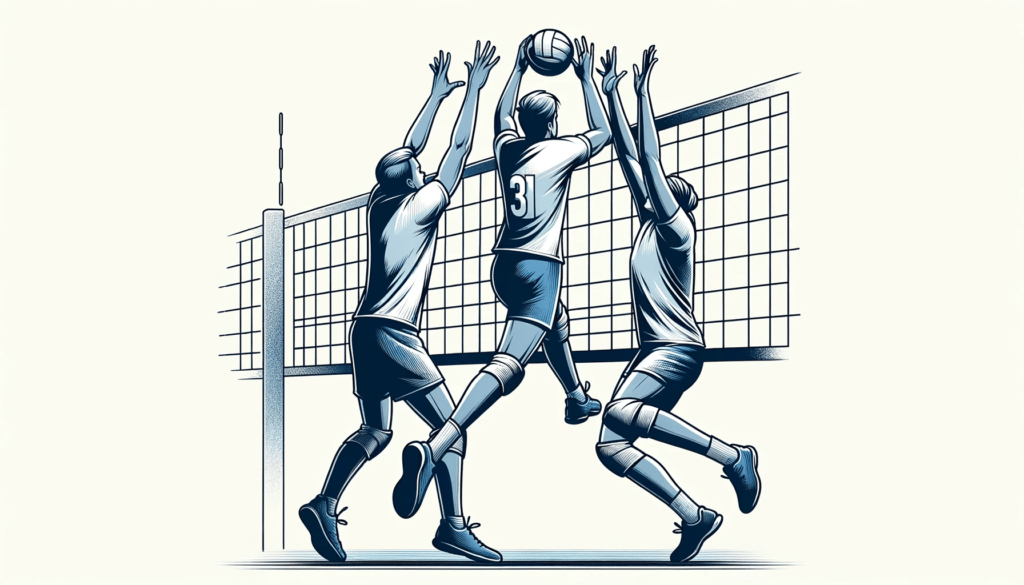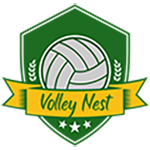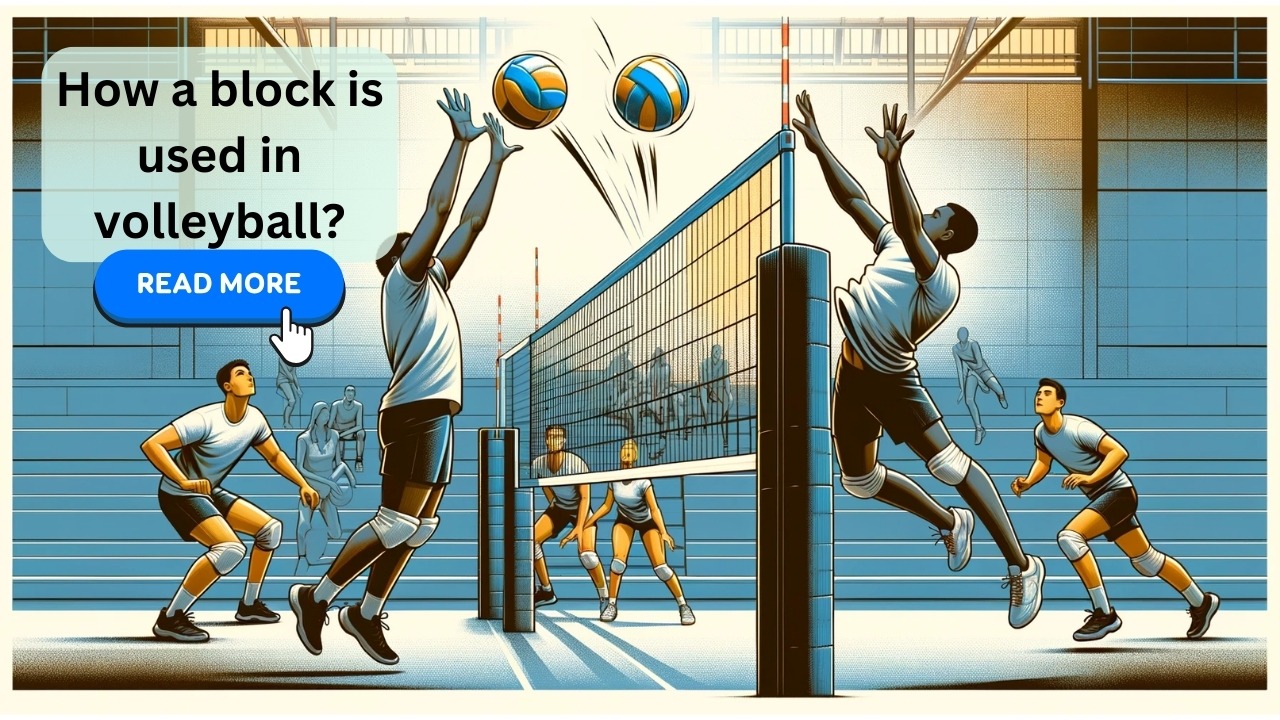Introduction
Hey there, volleyball enthusiasts! Have you ever watched in awe as a player majestically leaps into the air, arms stretched, ready to thwart an aggressive spike? That’s the art of blocking in volleyball, a skill that can turn the tide of the game. In this article, we’ll dive deep into the mechanics of how a block is used in volleyball, transforming you from a novice to a blocking maestro. So, let’s bounce right in!
The Basics of Blocking in Volleyball
First things first, what exactly is a block in volleyball? Simply put, it’s a defensive maneuver where a front row player jumps near the net to stop, or ‘block’, the ball from crossing into their court. This move not only prevents the ball from landing in your team’s territory but can also send it hurtling back to the opposing team’s court.
The Ready Position: Your Starting Point

Every good block begins with the ‘ready position’. This stance is crucial as it prepares you for players jumping into action. You need to stand near the net with knees slightly bent, weight on the balls of your feet, and hands raised and ready. It’s all about being agile and ready to spring into action.
Perfecting the Jump: Timing is Key
When we talk about players jumping, it’s not just any jump. It’s a well-timed, high-reaching leap that can lock the ball effectively. The aim is to reach as high as possible and penetrate your hands over the net to reduce the spiker’s angles. Remember, timing is crucial; jump too early or too late, and you’ll miss the block.

Advanced Techniques: More Than Just Jumping
Footwork Patterns: The Dance of Blocking
Mastering footwork patterns is vital. A middle blocker, for instance, often moves laterally along the net. This involves quick, efficient steps that allow you to cover the maximum area without losing balance or speed.
Contact with the Ball: It’s All in the Hands
When making contact with the ball, aim to push your palms and fingers firmly against it. This not only blocks the ball but can also direct it downwards into the opposing team’s court.
Teamwork: The Blocker’s Ballet
Blocking is not a solo act. It’s about syncing with your teammates. The front row player often coordinates with others, ensuring that all attack angles are covered. This unity creates an impenetrable wall at the net.

Strategic Insights: Outsmarting the Opponent
Reading the Spiker
A key aspect of blocking is anticipating the spiker’s move. Watch their approach, arm swing, and eye movement. This insight gives you an edge, helping you predict the ball’s trajectory.
The Element of Surprise
Sometimes, the best block is the one that the opposing team least expects. Changing your blocking pattern or timing can throw off seasoned spikers.
Mental Toughness: Staying Cool Under Pressure
Blocking in volleyball isn’t just physical; it’s mental too. Keeping a cool head, especially when the game is intense, can be the difference between a block and a miss.
Conclusion: Practice Makes Perfect
So, how is a block used in volleyball? It’s a combination of physical skill, mental agility, and strategic thinking. Whether you’re a middle blocker mastering footwork patterns or a front row player perfecting your jump, remember that practice and persistence are your best allies. Embrace the challenge, and soon, you’ll be blocking like a pro!
Quick Recap:
- Understand the basics: Learn the ready position and master the timing of your jump.
- Hone advanced techniques: Perfect your footwork patterns and contact with the ball.
- Strategize and collaborate: Work with your team and outsmart the opposing team.
Volleyball is a dynamic and exciting sport, and mastering the block is a game-changer. Remember, every block you make not only prevents the ball but also boosts your team’s morale. So, get out there, practice, and show the world how a block is used in volleyball!
FAQs
A block in volleyball aims to prevent the ball from crossing the net, thwarting the opposing team’s attack.
Success in blocking involves perfect timing, precise footwork patterns, and effective contact with the ball.
The ready position is a stance with bent knees and raised hands, preparing players for jumping and blocking.
While any front row player can block, middle blockers are often more specialized in this skill.
Teamwork is crucial; coordinated blocks with teammates cover more area and outsmart the opposing team.




